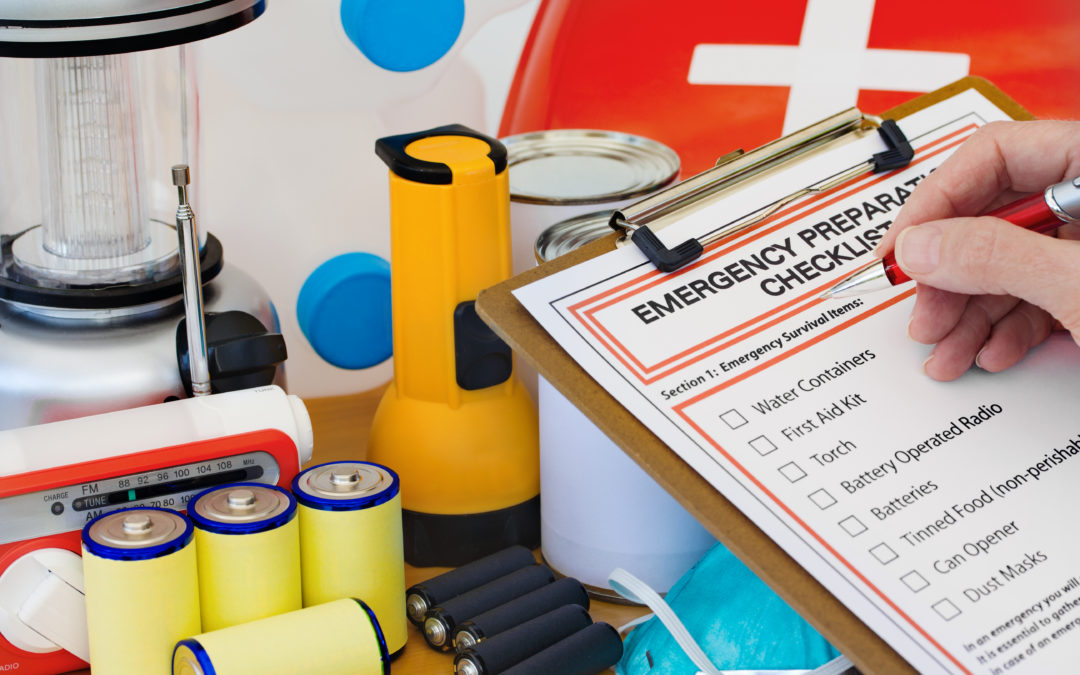The 2021 Atlantic hurricane season officially began five weeks ago and has already recorded five named storms. Forecasters predicted this season would be more active than most, and recently revised original predictions from an anticipated 17 named storms to 20. With months still to go, community association board members and managers can take several actions to ensure the community is prepared for a natural disaster.
States along the Gulf of Mexico and the Atlantic Coast are at the highest risk of landfall from tropical storms and hurricanes. Hurricane Elsa, the earliest forming fifth named Atlantic storm on record, made landfall in Florida last week before impacting Georgia, South Carolina and many Northeastern states. Community associations should review current emergency preparedness procedures for before, during, and after a hurricane, supplies to include in emergency kits, and who to contact in the immediate aftermath.
Standard features of a hurricane plan include emergency contact information, responsibilities of the board, management, and residents, and a list of services that might be unavailable during and after the storm.
More specifically, this plan should have several checklists, including those that cover:
- Actions for the community’s incident commander
- Tasks that residents should complete before they evacuate
- Pre-storm and post-storm communications
- Post-storm grounds survey and cleanup
- Post-storm inspection of residential units
Hurricanes aren’t the only natural disaster community associations face in the summer months. Wildfires, especially in Western U.S. states have “been getting worse with each passing year of the 21st century,” according to a recent study from the Department of Civil and Environmental Engineering at the University of California, Irvine.
The study also found that “the annual burn season has lengthened in the past two decades and that the yearly peak has shifted from August to July.” Three times more land has already been scorched so far in 2021—more than 142,477 acres—compared to this time last year, CNN reports.
Here are some steps community association leaders and residents can take to prepare for wildfire conditions:
- Fireproof your home by covering outdoor vents, removing dry leaf and tree debris, mowing and watering lawns regularly, and using fire-resistant materials to make repairs or replacements.
- Keep fuel sources at least 100 feet away from your home.
- Keep important documents in a fireproof safe, and make digital copies.
- Designate a room that can be closed off from outside air. Close all doors and windows. Set up a portable air cleaner to keep indoor pollution levels low when smoky conditions exist.
- Review insurance coverage to make sure it is enough to replace your property. Document damage with photographs.
>> Does your community’s disaster plan cover everything? Access more resources on CAI’s Community Disaster Preparedness & Relief pages.



Thank you for this great article!
This is great information and a great tool to use to help enlist volunteers to form an Emergency Preparedness Committee. We always have to keep in mind that if a natural disaster occurs, management may not be able to assist.
Helps create a more harmonious community too!